Dwarfs are popular fairy tale characters with a long mythological history. In general, they are of short stature but often of above-average strength. While they live in mountains, caves, forests, and other natural environments, they can also adapt to live among humans. In fairy tales, they possess different crafting skills, in which they can be superior to humans. Dwarfs can be carpenters, miners, smiths, tailors, etc. Many are just the keepers of different treasures. Sometimes, they have magical powers as well. While many dwarfs have a strong connection with gold and precious stones, some of them prefer making pranks or - kidnapping children.
In fairy tales, dwarfs rarely perform in major roles. They are in most cases presented as helpers. Their appearance may be deceiving. Even when a dwarf looks like being in trouble, he can just test the protagonist. The collection by the Grimm Brothers features many fairy tales with dwarfs, who are important characters in German mythology and folklore. Let's take a walk through fairy tales with 10 examples. Dwarfs are always involved in some kind of help, but this help comes with a price ...


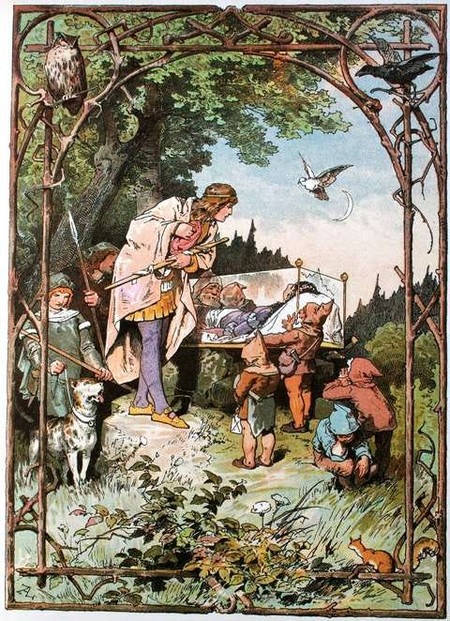
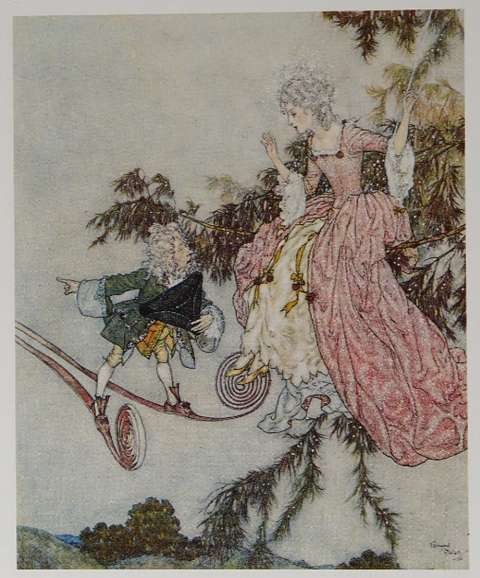
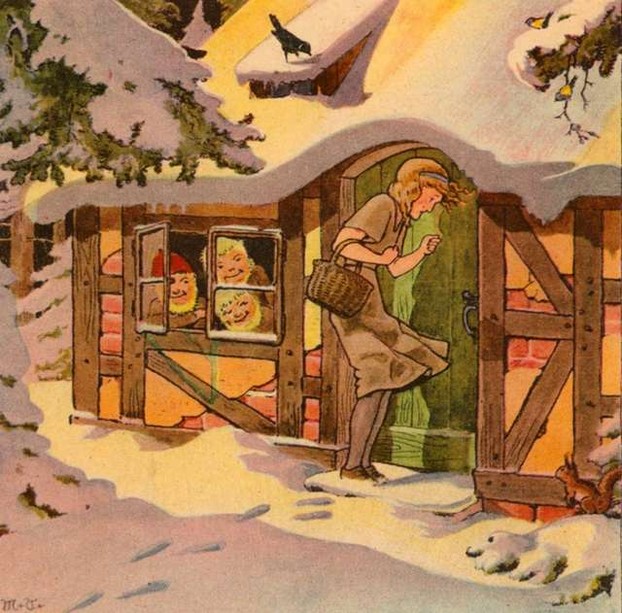
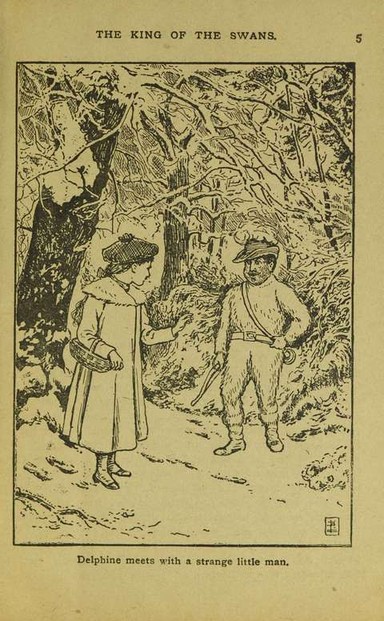
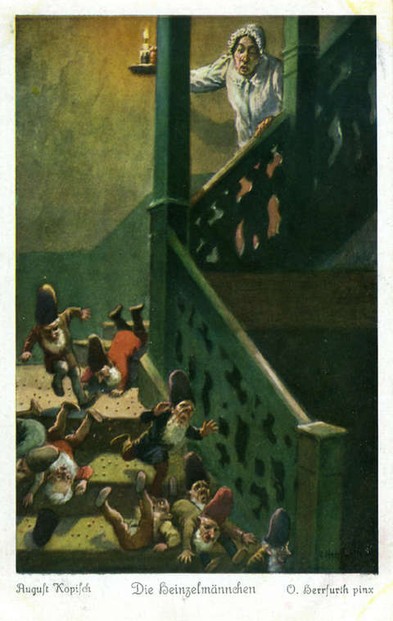
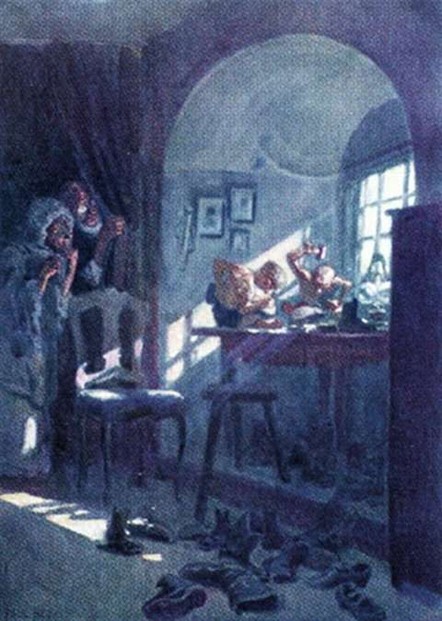
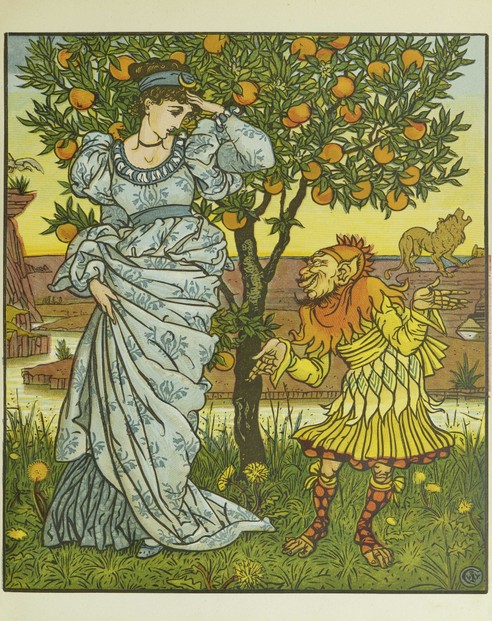
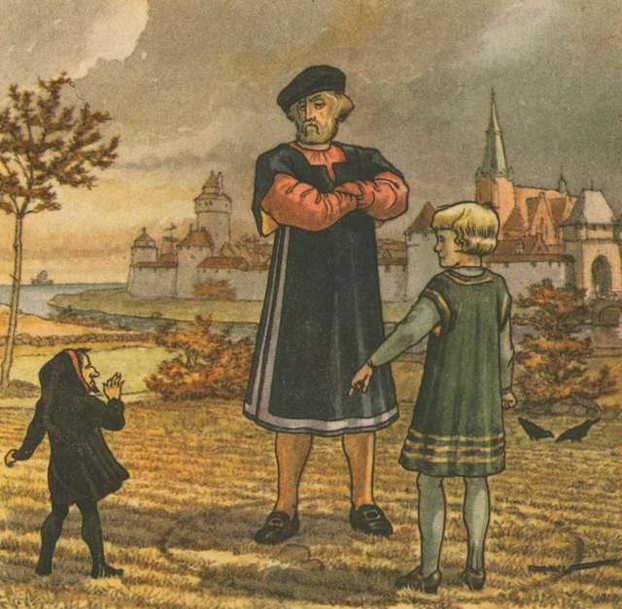
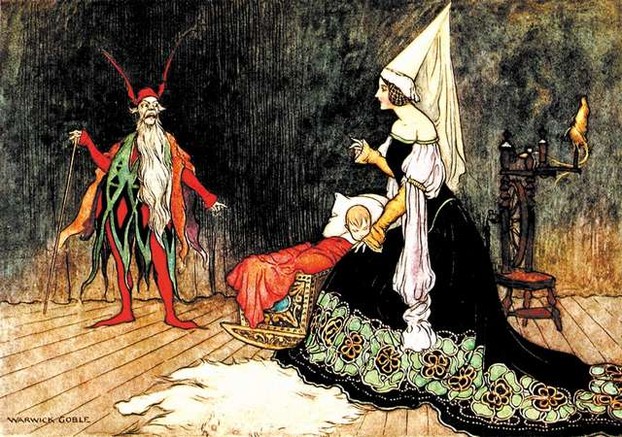
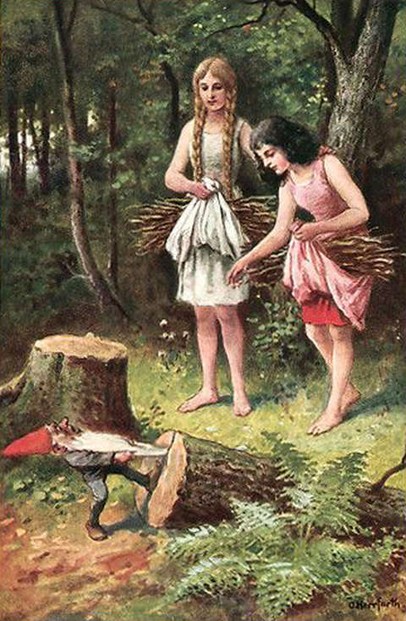
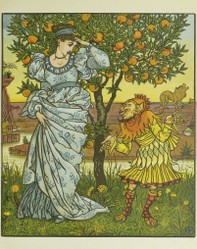

 Vintage Postcard Artists with 10 Examples of Easter Cardson 02/21/2025
Vintage Postcard Artists with 10 Examples of Easter Cardson 02/21/2025
 Valentine's Symbolson 01/23/2025
Valentine's Symbolson 01/23/2025
 Thanksgiving Symbolson 11/12/2024
Thanksgiving Symbolson 11/12/2024
 Famous Witches in Literary Historyon 10/06/2024
Famous Witches in Literary Historyon 10/06/2024
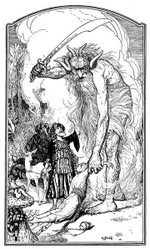
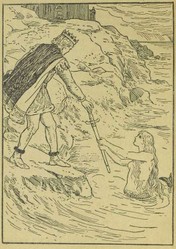
Do You like Dwarfs?
They left because of her actions.
Yellow can mean bad things, too. I agree.
Thank you for your comments below in answer to my previous observation and question.
So the woman addressed as tailor's wife in the Gnomes of Cologne link above, not as such in the fifth subheading above, caused the dwarfs to leave.
The last paragraph to the fifth subheading considers that "Well, human curiosity once more proved to defeat human laziness. A woman wanted to see them. She set up a booby trap. She succeeded - and all the little men of Cologne left the town. From then on, people have to do their work just like in every other town."
Did the trap-setting woman not desire -- at all, ever -- work done by the gnomes or did that departure develop independently of what she desired to do?
Thank you for your comments below in answer to my previous observation and question.
Online sources associate yellow skies with storm clouds, smoke, pollen, dust storms in arrangements that augur somewhat awfully for the affected ambience.
Perhaps Dulac attempted his yellow skies to attract our attention to an awful ending.
His contemporaries lacked our meteorological technologies even as they lived their lives astute to ambient and animal actions foreshadowing amazing or awful weather.
Artists learn from their natural ambiences as well as from their socio-politico-economic ambiences.
So might it be possible that artistic observation mustered up premonitory skies in an artistic landscape? Me thinks yes.
The Yellow Dwarf doesn't end well. The princess and her lover die.
Can't say about the yellow skies, sorry.
She wants to make a prank. When the little men fall, they make noise, they are exposed and vulnerable, and she can have a good look at them. This is exactly what they hate.
Thank you for your comments below in answer to my previous observations and questions.
Going through the Sleeping Beauty link at the very end of this wizzley brought me, at its end, to the last Dulac image there. The latter artist, like Crane in another link above, employs yellow quite compellingly.
The Dulac image particularly functions positively for me even as the Crane image of The yellow dwarf above subheading 7 here furnishes a rather unsettling note in the definite yellow of his clothes.
And yet the sky behind him has yellow tints rising from the ground. Is The yellow dwarf a fairy tale with a happy ending? The yellow horizon spreading its color upward perhaps offers a foreshadowing.
(Would you know whether the saying red-sky night sailors' delight, red-sky morning sailors' warning" have any such association -- negative or positive -- with yellow skies?)
Google chrome, the only browser on this computer, accepts site:www.goethezeitportal.de/ oskar herrfurth koln.
The content 2. Oskar Herrfurth: The Heinzelmännchen. A postcard series ends with "The tailor's wife ....scatters peas the next night. The little elves come gently; one of them comes out and hits the house, they slide, they fall, they make noise and scream and curse. She jumps down onto the sound with the light. Hush, hush! they all disappear."
Why does the tailor's wife scatter peas?
Yellow is a very positive color - in general, but it can have negative connotations - jealousy, aggressiveness, etc.
Sorry to hear that, DerdiuMarriner. Link works fine in all my browsers. All the postcards can be seen if you type into your browser:
site:www.goethezeitportal.de/ oskar herrfurth koln
The article is in German language.